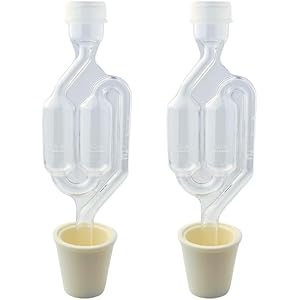Understanding Yeast and Candida
Yeast is a type of fungus that is commonly used in baking, brewing, and fermentation processes. It plays a crucial role in converting sugars into alcohol and carbon dioxide, which is essential for the production of bread and alcoholic beverages. Candida, on the other hand, is a genus of yeast that includes various species, some of which are pathogenic to humans. While all Candida species are yeasts, not all yeasts are Candida, highlighting a significant distinction between the two.
Yeast: The Basics
Yeast is a unicellular organism that belongs to the fungi kingdom. It is characterized by its ability to reproduce asexually through a process called budding. Yeasts are found in various environments, including soil, plants, and the human body. They are essential for many industrial processes, particularly in the food and beverage industry, where they are used to produce bread, beer, and wine. The most common type of yeast used in baking is Saccharomyces cerevisiae, which is known for its efficiency in fermenting sugars.
What is Candida?
Candida refers to a group of yeasts, with Candida albicans being the most well-known species. This particular yeast is part of the normal flora of the human body, residing in areas such as the mouth, gut, and vagina. However, under certain conditions, Candida can overgrow and lead to infections, commonly known as candidiasis. These infections can range from mild to severe, affecting various parts of the body, including the skin, mouth, and genital area.
Differences Between Yeast and Candida
The primary difference between yeast and Candida lies in their classification and behavior. While yeast is a broad term that encompasses various fungal organisms, Candida specifically refers to a genus within that category. Furthermore, not all yeasts are harmful; many are beneficial and play essential roles in food production. In contrast, certain species of Candida can cause infections, particularly in individuals with weakened immune systems.
Health Implications of Candida Overgrowth
Candida overgrowth can lead to a range of health issues, including oral thrush, vaginal yeast infections, and systemic infections in severe cases. Factors that contribute to Candida overgrowth include antibiotic use, a high-sugar diet, and compromised immune function. Recognizing the symptoms of candidiasis is crucial for timely intervention and treatment, which may involve antifungal medications and dietary changes to restore balance.
Get more content like this!
Sign up to receive updates and new terms first hand.
Common Misconceptions About Yeast and Candida
One common misconception is that all yeast is harmful, which is not true. While Candida can cause infections, many other types of yeast are beneficial and essential for various processes. Additionally, some people confuse yeast infections with other types of infections, leading to misdiagnosis and inappropriate treatment. Understanding the differences between beneficial yeasts and pathogenic Candida is vital for accurate health assessments.
Role of Yeast in Fermentation
Yeast plays a pivotal role in fermentation, a process that converts sugars into alcohol and carbon dioxide. This process is utilized in the production of various foods and beverages, including bread, beer, and wine. During fermentation, yeast consumes sugars and produces ethanol and carbon dioxide as byproducts. This not only helps in leavening bread but also contributes to the flavor and aroma of alcoholic beverages.
How to Manage Candida Levels
Managing Candida levels in the body involves a combination of dietary changes, lifestyle adjustments, and, in some cases, medical intervention. Reducing sugar intake, incorporating probiotics, and maintaining a balanced diet can help prevent Candida overgrowth. Additionally, practicing good hygiene and avoiding unnecessary antibiotic use can support a healthy balance of yeast in the body.
Conclusion: Yeast and Candida in Perspective
In summary, while yeast and Candida are related, they are not synonymous. Yeast encompasses a wide variety of fungi, many of which are beneficial, while Candida refers specifically to a genus that includes some pathogenic species. Understanding the differences between these organisms is crucial for both health and culinary applications, ensuring that we can enjoy the benefits of yeast while managing the risks associated with Candida.




